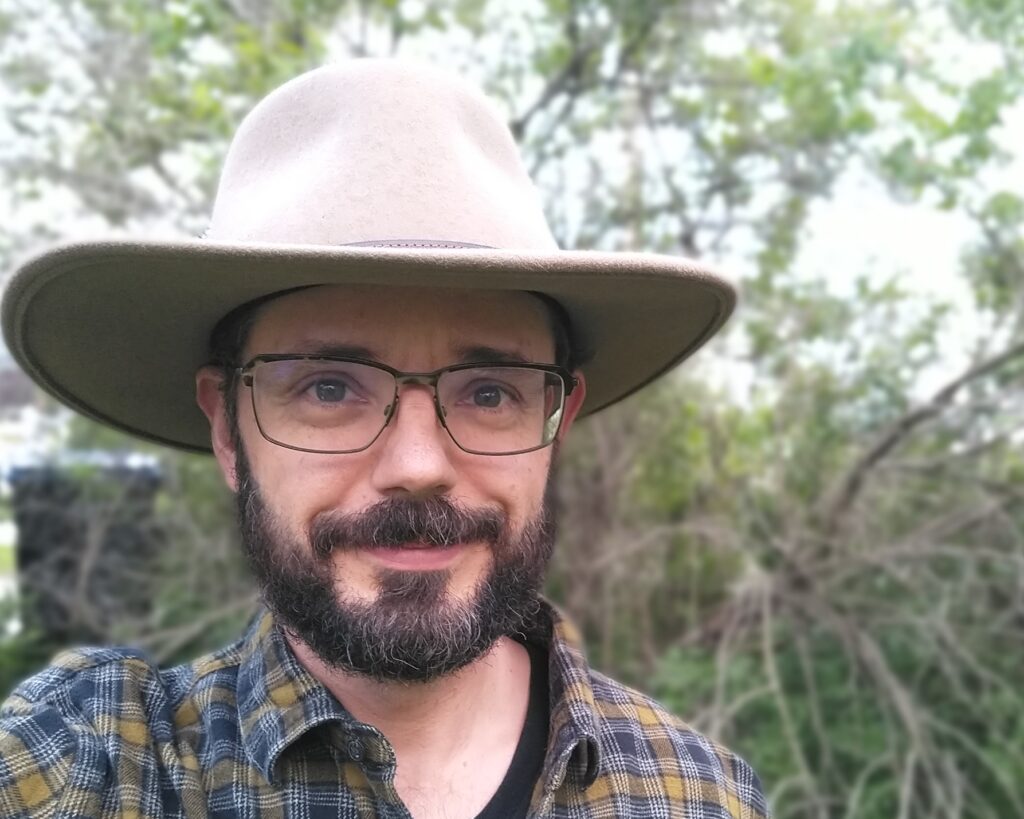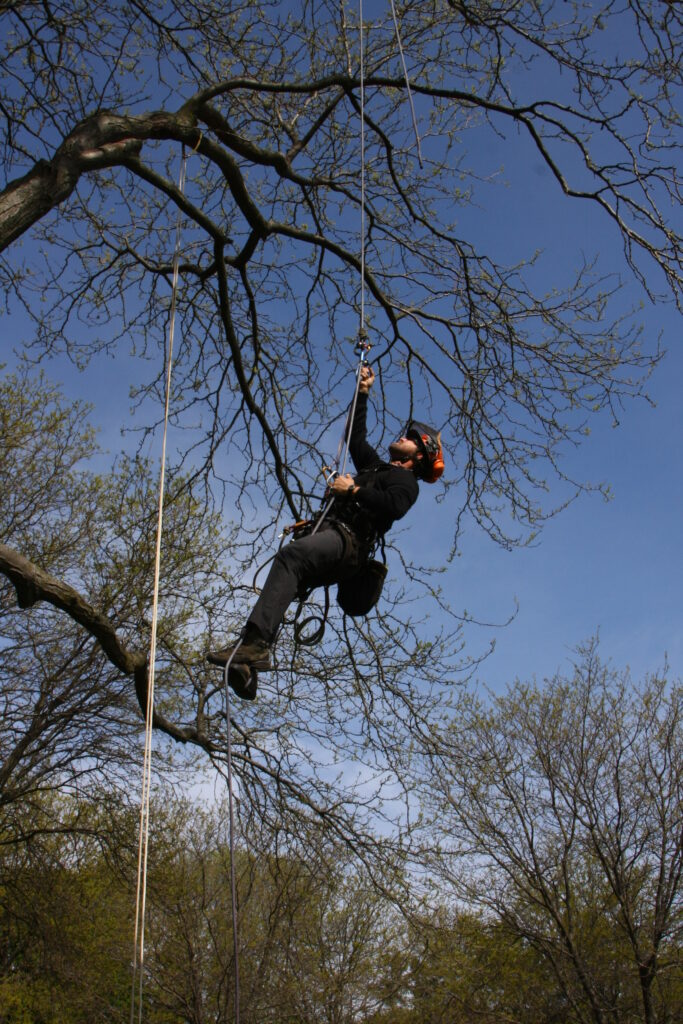Urban Forestry grant applications are opening soon!
Beginning July 1, 2024, cities, villages, towns, counties, tribes and 501(c)(3) nonprofit organizations in –or conducting their projects in – Wisconsin can apply for a regular or startup 2025 Wisconsin Department of Natural Resources (DNR) Urban Forestry grant. The total 2025 available funding is $559,680, with a possible release of $139,920 of catastrophic storm reserve to fund a second round in March 2025. Continue reading “2025 DNR Urban Forestry Grant Application Opening Soon”

 Congratulations to Tracy Salisbury, who began her retirement in May. Tracy has been with the DNR as an urban forestry coordinator in northeast Wisconsin since 1998.
Congratulations to Tracy Salisbury, who began her retirement in May. Tracy has been with the DNR as an urban forestry coordinator in northeast Wisconsin since 1998. Jay Dampier joined the Urban Forestry Team on June 3 as the new Inflation Reduction Act (IRA) grant coordinator. This is a federally funded project position that will be overseeing $4 million of federally funded grants awarded to Wisconsin communities, tribes and nonprofits. These IRA funds were allocated to the urban forestry program by the United States Department of Agriculture (USDA) Forest Service in 2023. As part of the Justice 40 Initiative, 100% of the funds will be used to improve the urban forest resources and lives of those living in disadvantaged communities throughout the state.
Jay Dampier joined the Urban Forestry Team on June 3 as the new Inflation Reduction Act (IRA) grant coordinator. This is a federally funded project position that will be overseeing $4 million of federally funded grants awarded to Wisconsin communities, tribes and nonprofits. These IRA funds were allocated to the urban forestry program by the United States Department of Agriculture (USDA) Forest Service in 2023. As part of the Justice 40 Initiative, 100% of the funds will be used to improve the urban forest resources and lives of those living in disadvantaged communities throughout the state.  At first glance, the Callery pear (Pyrus calleryana) tree seems appealing, with its white blossoms in spring and colorful leaves in fall. Digging a little deeper, however, reveals the grim reality of this common urban tree. Once introduced for its ornamental value, this invasive species has become a significant threat to Wisconsin’s ecosystems.
At first glance, the Callery pear (Pyrus calleryana) tree seems appealing, with its white blossoms in spring and colorful leaves in fall. Digging a little deeper, however, reveals the grim reality of this common urban tree. Once introduced for its ornamental value, this invasive species has become a significant threat to Wisconsin’s ecosystems.  Join the Wisconsin Arborist Association (WAA) for its summer conference. It will be held at the University of Wisconsin-River Falls University Center in River Falls, Wisconsin, on Friday, July 26, 2024. The program will have a little something for everyone, Planting for the Future and feature two educational tracks, one indoors and one outdoors.
Join the Wisconsin Arborist Association (WAA) for its summer conference. It will be held at the University of Wisconsin-River Falls University Center in River Falls, Wisconsin, on Friday, July 26, 2024. The program will have a little something for everyone, Planting for the Future and feature two educational tracks, one indoors and one outdoors.
